Television and Media
The U.S. and the U.S.S.R. had significantly different methods of media control and influence. American media had freedom of speech. This allowed publishers to use misleading and catchy information to sell more newspapers. In response, the U.S. government asked publishers to give the public correct information, while making the U.S.S.R. sound villainous. This strategy worked and massively boosted public opinion.
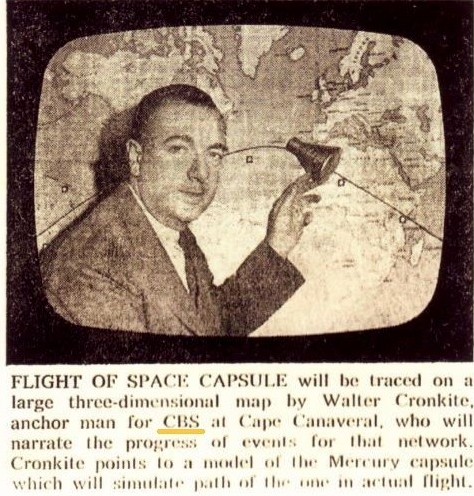
Walter Cronkite - collectspace.com
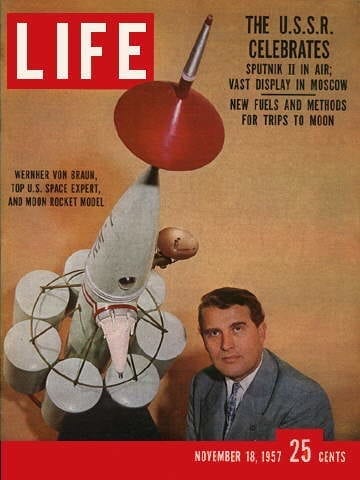
LIFE Magazine, November 18, 1957. - originallifemagazines.com
Television, magazines, and newspapers provided Americans with propaganda. Some examples are Walter Cronkite’s CBS News and LIFE Magazine, which combined factual information with propaganda for viewing in American living rooms.
To reach children and adults, Walt Disney made educational and entertaining videos about the space program. One film starred Wernher Von Braun, a German-born scientist and chief Saturn V rocket designer.
Disney's "Man and the Moon," 1955.
Wernher Von Braun - time.com
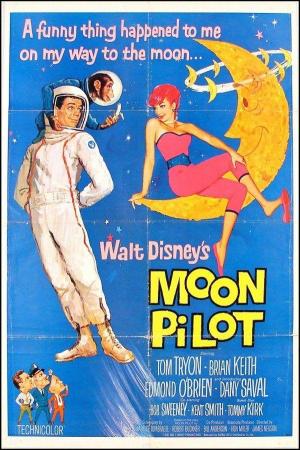
Walt Disney's "Moon Pilot" Film - filmaffinity.com
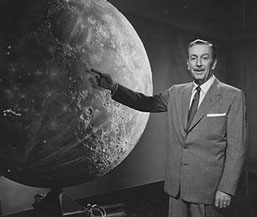
Walt Disney - disneyandmore.blogspot.com
The Soviet approach was very different because media was government controlled. It amplified Soviet success and highlighted America's flaws.
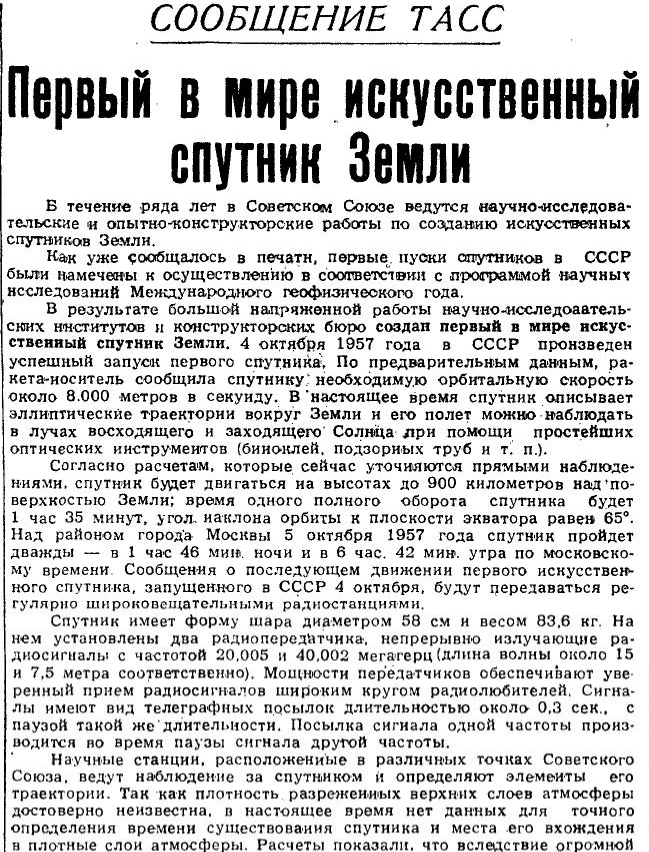
Pravda Newspaper, "Announcement of the First Satellite," English Translation Excerpt to the Right - digitalarchive.wilsoncenter.org
"Artificial earth satellites will pave the way to interplanetary travel and, apparently our contemporaries will witness how the freed and conscientious labor of the people of the new socialist society makes the most daring dreams of mankind a reality."
Translated excerpt from "Announcement of the First Satellite" - digitalarchive.wilsoncenter.org